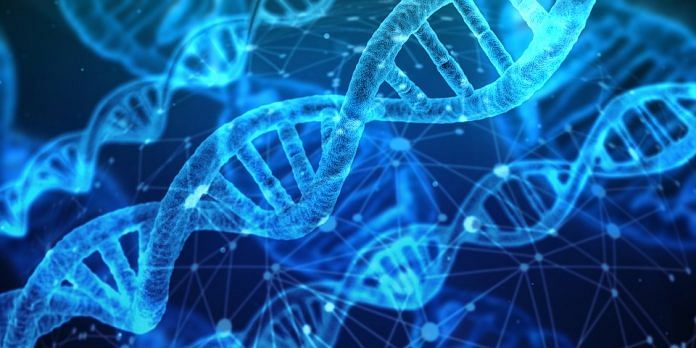Scientists double the DNA alphabet, creating a new DNA
DNA famously consists of four nucleotides in a double-helix structure: A, T, C, G. They exist in pairs and their permutations and combinations dictate how life is structured. A team of interdisciplinary scientists has now come together and doubled these letters, adding P, Z, B, and S, thus creating a new eight-alphabet DNA. “The new manufactured structure is called ‘hachimoji DNA’, from the Japanese words for ‘eight’ and ‘letter’,” the Smithsonian explains.
Neptune’s new baby moon, Hippocamp
Our eighth planet, the very-blue Neptune, now has a new moon. It is also the planet’s smallest moon. The moon was discovered by the California-based Search for Extraterrestrial Intelligence (SETI) Institute. The moon is just over 30 km wide, and is believed to have chipped off another, bigger moon, Proteus, about 4 billion years ago. More on Astronomy Mag.
Turns out horsehoe crabs are not crabs, they’re spiders
The ancient horseshoe crab, which has blue blood and burrows a lot, has revealed to us through DNA that it isn’t a crab after all – it is an arachnid, the family to which spiders belong. The horseshoe crabs and arachnids actually even came into existence together, believed to have split from a common ancestral organism. The horseshoe crabs survived multiple mass extinctions, but only four species remain. More on Nat Geo.
A new global warming casualty: Clouds
We finally have an explanation for why accurate climate modelling – as accurate as it gets, anyway – still fails to predict the levels of extremeness to which natural disasters and weather events occur. Turns out, all models left out clouds in their modelling. A new model has shown that as the earth warms more, the cooling, large stratocumulus clouds could break up altogether, causing the earth’s temperature to rise by an additional 8 degrees, wreaking unprecedented havoc and destruction. A detailed explainer about this on Quanta Magazine.



